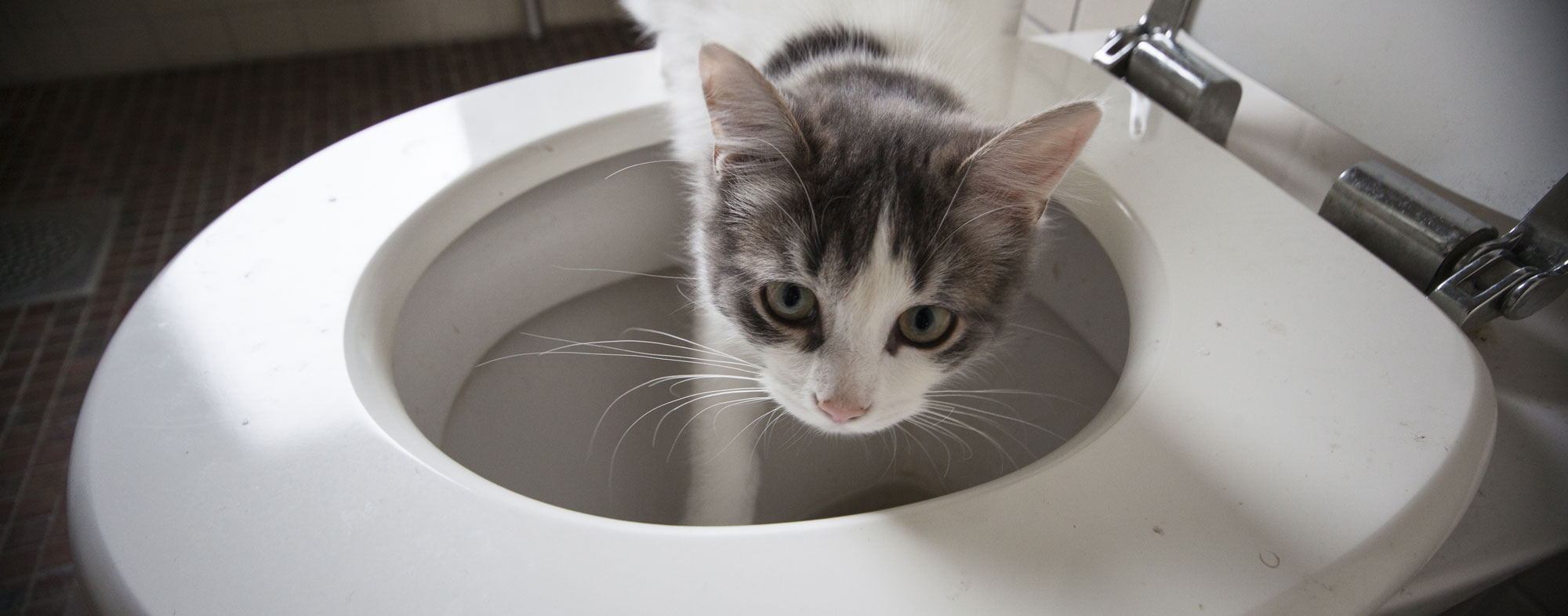The Consequences of Flushing Cat Poop Down Your Toilet - Protect Your Plumbing
The Consequences of Flushing Cat Poop Down Your Toilet - Protect Your Plumbing
Blog Article
Everyone seems to have their own individual assumption on the subject of How to Dispose of Cat Poop and Litter Without Plastic Bags.

Intro
As feline proprietors, it's necessary to bear in mind just how we deal with our feline friends' waste. While it may appear practical to purge cat poop down the commode, this practice can have damaging consequences for both the atmosphere and human health and wellness.
Ecological Impact
Flushing pet cat poop introduces dangerous pathogens and parasites right into the water supply, presenting a significant danger to aquatic environments. These contaminants can negatively affect aquatic life and compromise water high quality.
Wellness Risks
In addition to environmental problems, flushing feline waste can additionally present health dangers to human beings. Cat feces might contain Toxoplasma gondii, a parasite that can create toxoplasmosis-- a potentially extreme disease, specifically for pregnant ladies and people with weakened immune systems.
Alternatives to Flushing
The good news is, there are safer and a lot more responsible methods to throw away pet cat poop. Consider the following alternatives:
1. Scoop and Dispose in Trash
The most typical technique of throwing away pet cat poop is to scoop it right into a naturally degradable bag and throw it in the trash. Make sure to utilize a specialized clutter inside story and take care of the waste without delay.
2. Usage Biodegradable Litter
Go with naturally degradable pet cat trash made from products such as corn or wheat. These litters are environmentally friendly and can be securely disposed of in the trash.
3. Hide in the Yard
If you have a backyard, consider burying feline waste in a marked location far from veggie yards and water sources. Make sure to dig deep sufficient to stop contamination of groundwater.
4. Mount a Pet Waste Disposal System
Invest in an animal garbage disposal system especially designed for cat waste. These systems make use of enzymes to break down the waste, reducing odor and environmental effect.
Final thought
Liable pet dog ownership extends beyond offering food and shelter-- it likewise entails proper waste management. By avoiding flushing pet cat poop down the commode and selecting alternative disposal methods, we can decrease our environmental footprint and shield human health and wellness.
Why Can’t I Flush Cat Poop?
It Spreads a Parasite
Cats are frequently infected with a parasite called toxoplasma gondii. The parasite causes an infection called toxoplasmosis. It is usually harmless to cats. The parasite only uses cat poop as a host for its eggs. Otherwise, the cat’s immune system usually keeps the infection at low enough levels to maintain its own health. But it does not stop the develop of eggs. These eggs are tiny and surprisingly tough. They may survive for a year before they begin to grow. But that’s the problem.
Our wastewater system is not designed to deal with toxoplasmosis eggs. Instead, most eggs will flush from your toilet into sewers and wastewater management plants. After the sewage is treated for many other harmful things in it, it is typically released into local rivers, lakes, or oceans. Here, the toxoplasmosis eggs can find new hosts, including starfish, crabs, otters, and many other wildlife. For many, this is a significant risk to their health. Toxoplasmosis can also end up infecting water sources that are important for agriculture, which means our deer, pigs, and sheep can get infected too.
Is There Risk to Humans?
There can be a risk to human life from flushing cat poop down the toilet. If you do so, the parasites from your cat’s poop can end up in shellfish, game animals, or livestock. If this meat is then served raw or undercooked, the people who eat it can get sick.
In fact, according to the CDC, 40 million people in the United States are infected with toxoplasma gondii. They get it from exposure to infected seafood, or from some kind of cat poop contamination, like drinking from a stream that is contaminated or touching anything that has come into contact with cat poop. That includes just cleaning a cat litter box.
Most people who get infected with these parasites will not develop any symptoms. However, for pregnant women or for those with compromised immune systems, the parasite can cause severe health problems.
How to Handle Cat Poop
The best way to handle cat poop is actually to clean the box more often. The eggs that the parasite sheds will not become active until one to five days after the cat poops. That means that if you clean daily, you’re much less likely to come into direct contact with infectious eggs.
That said, always dispose of cat poop in the garbage and not down the toilet. Wash your hands before and after you clean the litter box, and bring the bag of poop right outside to your garbage bins.
https://trenchlesssolutionsusa.com/why-cant-i-flush-cat-poop/

We hope you enjoyed reading our part about Can You Flush Cat Poop Down The Toilet?. Thanks a ton for spending some time to browse our post. Sharing is caring. You never know, you may just be helping someone out. Kudos for your time. Please come visit our website back soon.
Call Today Report this page